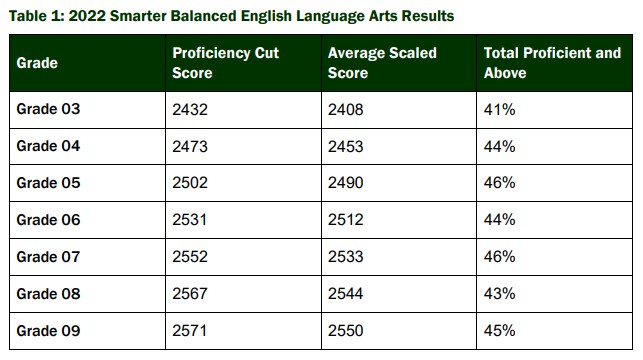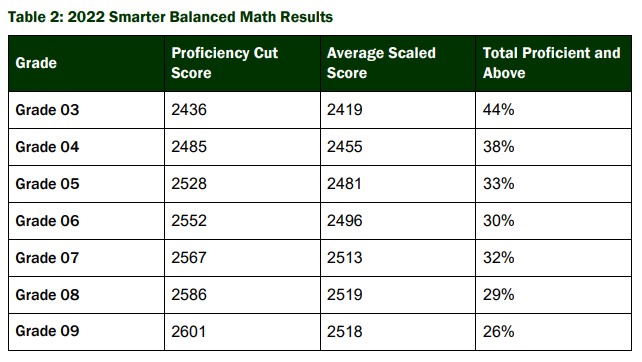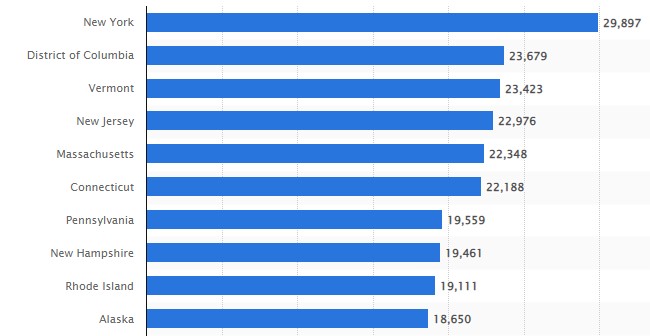What is proficiency?
Proficiency-based learning started in 2014 as a direct result of Act 77. Proficiency-based learning seeks to evaluate a student’s skills and approach to problems, rather than strictly obtaining the correct answer.
Proficiency-based learning (PBL) centers on demonstrations of specific and transparent learning outcomes in which learning is the constant and time is the variable.
Vermont Agency of Education – What is Proficiency-Based Learning?
Essentially proficiency-based learning has replaced standardized testing as a singular form of measuring student performance. Students that are not meeting proficiency rates are performing below their expected grade level.
Where do Vermont students stand as far as proficiency is concerned?
The Agency of Education recently released its Preliminary 2022 Statewide Assessment Results. While the full results have not yet been shared on the Vermont Education Dashboard, a summary of the results was provided:



You’ve read that correctly; our state does not have a single assessment demographic with a majority of students performing proficiently. Not only that, but only 1 in 4 students are proficient in Math at the 9th grade level!
What is even more alarming is that in 2022 Vermont spent an average of $23,423 per pupil, which is the second most in the nation.
There is a lot of talk about the current proficiency rates in Vermont, but how does Milton compare to the rest of the state?
The short answer, not very well. Milton is on average 10-15% below the state average proficiency rates. Our 2022 proficiency rates in English Language Arts are between 28-53%, while our Math proficiency rates are between 17-22%. You can see for yourself using the viewer below:
All of this information was obtained from the Agency of Education – Vermont Education Dashboard. Some grades were excluded due to small sample size and lack of information provided by AOE.
The current Milton Town School District proposed FY24 budget is requesting to increase the per equalized pupil spending to $19,480.16 (an increase of 11.57% from FY23) but will throwing more money at this issue accomplish what they hope? Certainly not if only 1.4% of the increase is for district wide educational spending. Click here to see the full details of the MTSD proposed $1.7 million budget increase from FY23.

0 Comments